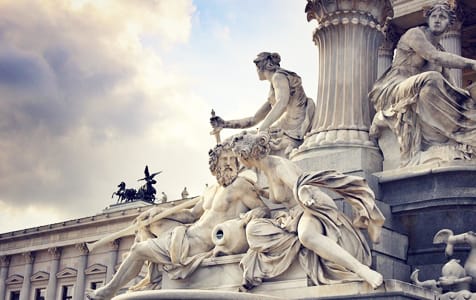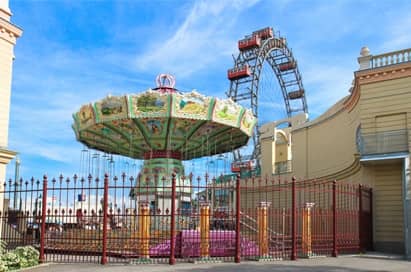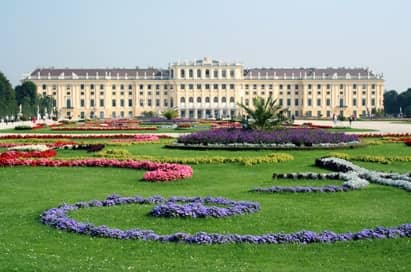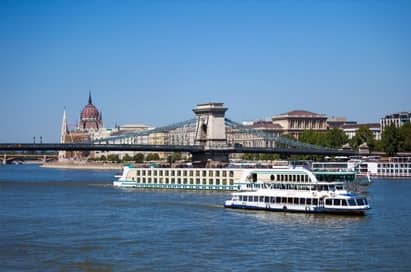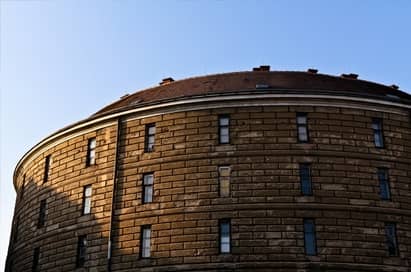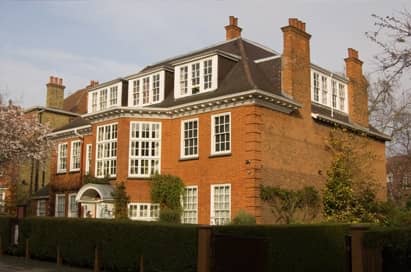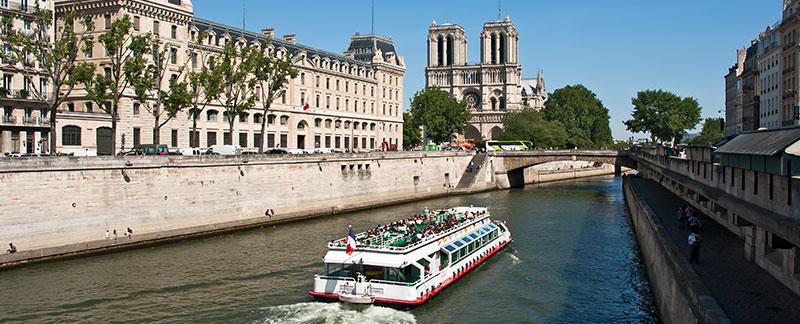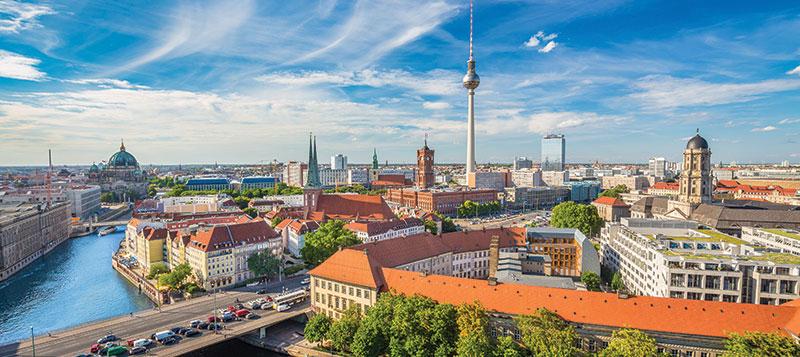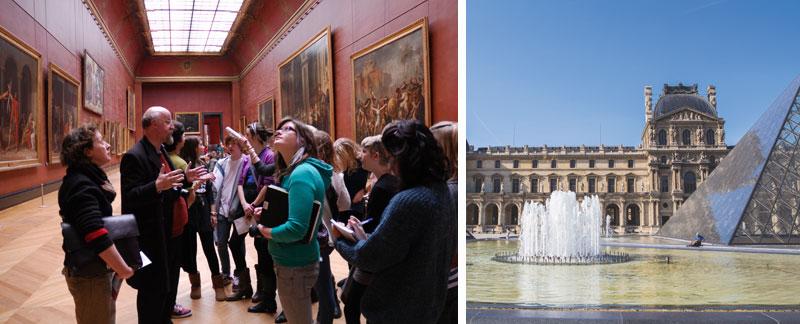10 Top-Rated Things To See In Vienna
For some of us Vienna conjures up a vision of Midge Ure strolling through the dark atmospheric streets, but Vienna is a beautiful city which is full of history and has the usual Austrian transport efficiency of which we can only envy.
Vienna is the capital and largest city of Austria of which the city centre was designated a UNESCO World Heritage Site in 2017. The historic centre is architecturally a feast for your eyes with its Baroque palaces and gardens, and the Ringstrasse lined with grand buildings, monuments and park.
The city has a rich history from being the centre of a huge Empire to a small nation state, moving on to its Nazi past and role in the Cold War. It has been labelled as the “City of Music” due to its ability to attract famous composers such as Mozart and Beethoven and the nurturing of home-grow composers including Johann Strauss I and Franz Schubert. It has also been labelled the "City of Dreams" due to being home to the world's first psychoanalyst, Sigmund Freud.
We have put together for you the ten top-rated things to see on a school trip to Vienna:
What to see when in Vienna
Sightseeing Tour of Vienna
A great introduction to the city this tour will give you an overall impression of the most significant sights of Vienna including the Museum of Applied Arts, State Opera House, Museum Quarter, Hofburg Imperial Palace, Parliament, Town Hall (Rathaus) and the Burgtheater.
Stephansdom
St. Stephen's Cathedral is an impressive Gothic Cathedral with Baroque fittings. You can climb the 343 steps up the South Tower to an observation chamber with great views of Vienna, take a lift up the South Tower to the viewing platform and the 21,283kg Pummerin bell, or go down into the Catacombs with its crypts.
Prater Amusement Park
The Prater is actually the park but the so called "Wurstelprater" is the oldest amusement park in the world with some 250 attractions. Some amusements are only open from March to October but the Ferris Wheel, built in 1897 and one of the city’s most famous landmarks and Madame Tussauds are open all year around.
Schonbrunn Palace
The Schönbrunn Palace, a 1,441-room Rococo palace, is one of the most architectural, cultural and historic monuments in Austria, and was the main summer residence of the Habsburgs rulers. Emperor Francis Joseph (ruled 1848-1916), was born here in 1830 and spent the last years of his life entirely in Schönbrunn and liked to live the same Spartan life he imposed on the soldiers of his army,
Danube River Cruise
Experience another view of Vienna by taking a river cruise along the Danube. Boat cruises travel along the 21km-long Danube Island, which was originally created as a flood defence passing the modern skyline of the city as well as “green Vienna”. Hop on hop off tickets are available to allow you more time at the sites.
Danube Tower
The Tower is Austria's tallest structure at 252 metre and provides 360-degree views both open-air and through glass. There is an express elevator with a glass roof (so look up!) which takes you to the observation platform at 150m where you can view (subject to the weather) landmarks such as the Danube River, Stephansdom and the Giant Ferris wheel.
Museum of Military History
The Museum of Military History, designed by Theophil Hansen and Ludwig Förster, lies in the center of the Arsenal (Armory, built from 1849 to 1856). It is the leading museum of the Austrian Armed Forces and documents the history of the Austrian military affairs through a range of exhibits including armours, tanks, aeroplanes, uniforms and photographs.
Narrenturm
The Narrenturm (meaning Fools’ Tower) is continental Europe's oldest psychiatric hospital and is now home to the Federal Pathologic-Anatomical Museum. The ground floor exhibition can be visited can be visited as an individual basis and there is a fascinating guided tour covering the history of the institution, whose construction pointed to a new attitude towards the mentally ill, and a walk through the fascinating pathological exhibits.
Sigmund Freud Museum
Opened in 1971 on the initiative of Freud’s daughter, Anna, the museum is located in the apartment where Sigmund lived and worked from 1898 to 1938, when he was forced into exile by the Nazis. The museum also offers tours and a guided tour of the city around Freud’s life.
Judenplatz Museum & Holocaust Memorial
The Judenplatz Museum provides visitors with an insight into Jewish life in medieval Vienna. Contained within the museum are the remains of a synagogue destroyed by fire in the 15th century, plus other exhibits relating to the Jewish religious and cultural life of the period. In the Judenplatz area stands the central memorial for the Austrian victims of the Holocaust designed by the British artist Rachel Whiteread.
Inspired? A college or school trip to Vienna is also suitable for History and Psychology school trips as well as a general Cultural & Enrichment tour.
Give us a call and start your journey to Vienna with European Study Tours today.

Price Match Guarantee
We GUARANTEE to match any LIKE-FOR-LIKE quote from another tour operator so you can be confident you're getting the best value for money.
We are here to ensure you and your students get the most out of your tour and we are confident that our prices are competitive without compromising on quality. If you have obtained an alternative quote from another tour operator our team would be delighted to discuss this with you.

